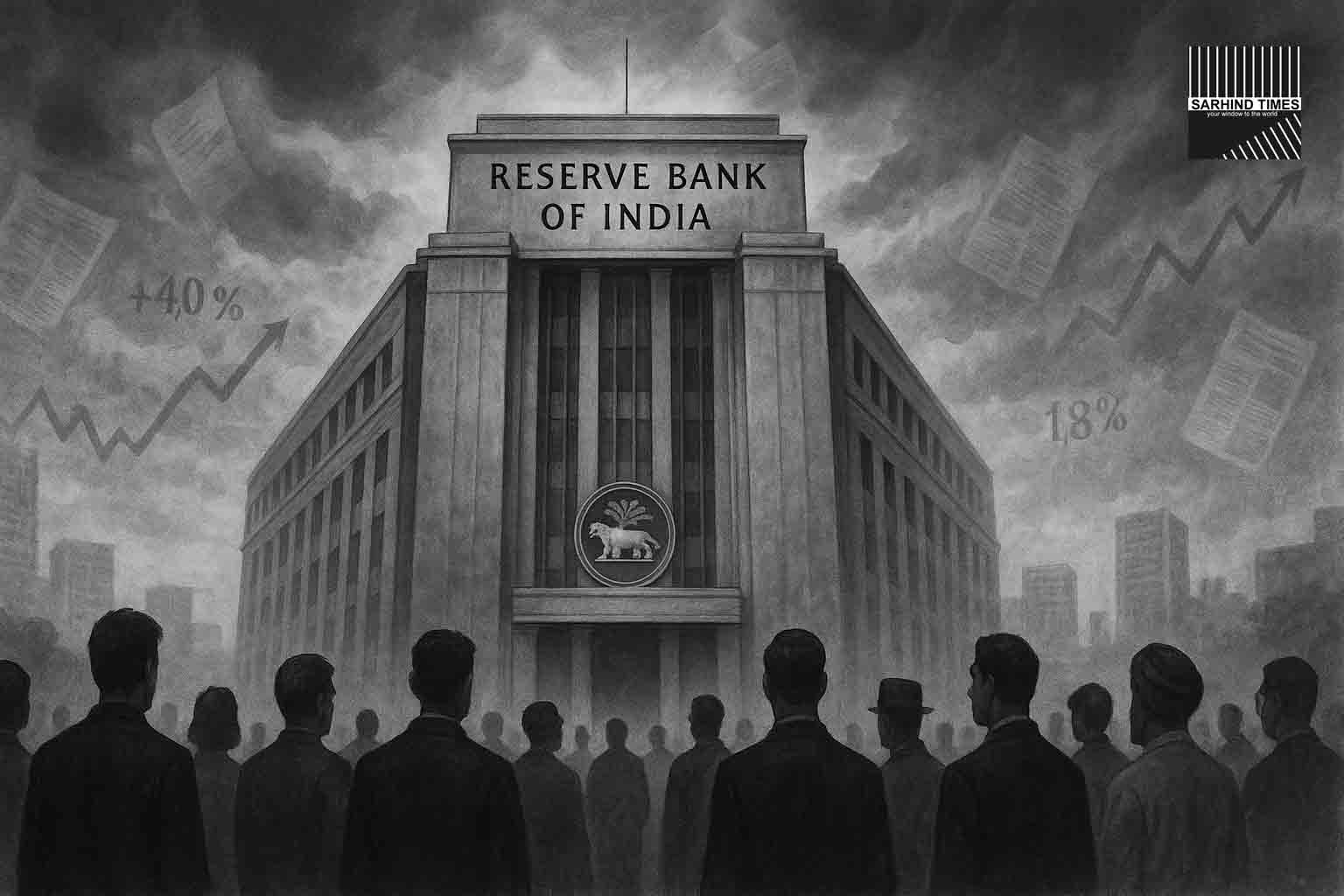In a much-anticipated decision that reflects the delicate balancing act between growth and inflation, the Reserve Bank of India’s Monetary Policy Committee (MPC) kept the repo rate unchanged at 5.50% on Thursday. The move extends the central bank’s prolonged pause, first initiated in 2023, and signals a “calibrated” approach in the face of easing core inflation but lingering risks from volatile food prices.
Governor Shaktikanta Das, addressing the press in Mumbai, emphasized that while overall inflation has been moderating, price spikes in essentials such as vegetables and cereals remain a real threat. At the same time, growth dynamics — particularly urban consumption, public infrastructure spending, and a tentative rural recovery — continue to provide resilience to India’s economy.
This decision, which saw a 5–1 vote in favor of maintaining the status quo, underscores the RBI’s preference to prioritize financial stability over aggressive policy maneuvers.
RBI’s Decision in Context
India has been grappling with a complex economic environment shaped by global oil prices, erratic monsoon patterns, and fluctuating global demand. Against this backdrop, the RBI has opted for continuity rather than disruption.
- Repo rate unchanged at 5.50%.
- Policy stance: “Withdrawal of accommodation.”
- Inflation forecast: Gradual decline, but vulnerable to food shocks.
- Growth forecast: Steady at 6.5% for FY2025–26.
Economists say the central bank is keen to avoid premature easing, especially with global central banks, such as the US Federal Reserve, still cautious about inflationary risks.
“Inflation has eased, yes. But food remains the joker in the pack,” said an RBI official who requested anonymity. “Until we are confident that food shocks won’t derail our trajectory, we prefer patience.”
Bond Market Reaction
The immediate market reaction was muted. Bond yields remained stable, with the 10-year benchmark hovering around 7.1%, while equities saw minor intraday volatility before settling flat.
Bankers welcomed the decision, noting it provides stability for mortgages, MSME loans, and corporate credit lines. “The RBI’s message is clear: growth is not under threat, so let’s not risk destabilizing financial conditions,” said a senior executive from SBI.
Inflation: The Central Concern
Inflation has been the Achilles’ heel of policymakers for years. Headline CPI has cooled to 5.1% in August, down from highs of 7% in early 2023. However, core inflation (which excludes food and fuel) is easing faster, a sign that structural pressures are abating.
But Governor Das was blunt in his warning: “Food inflation remains a live risk. Vegetables, pulses, and cereals could spike again, and we must remain watchful.”
Analysts agree. India’s inflation story is heavily influenced by monsoon variability. With erratic rainfall this year, agricultural output remains uncertain. “If rabi sowing is delayed or output disrupted, we could again see supply shocks,” said Sonali Desai, chief economist at a private bank.
Growth Outlook
While inflationary pressures dominate the RBI’s narrative, growth is not ignored. The economy has shown surprising resilience despite global turbulence.
- Urban demand is robust, with auto sales, travel, and housing showing momentum.
- Public capex remains strong, with large highway and infrastructure projects boosting demand.
- Rural demand is slowly improving, aided by government schemes and a pickup in wage growth.
The RBI projects GDP growth at 6.5% for FY2025–26, broadly aligned with IMF and World Bank forecasts.
Global Backdrop
Globally, India’s monetary stance mirrors cautious pauses seen elsewhere. The US Fed has slowed its rate hikes, while the European Central Bank remains hawkish. In Asia, economies like Indonesia and the Philippines have also adopted wait-and-watch policies.
Crude oil remains a key variable. Brent prices hovering near $85–90 per barrel could squeeze India’s import bill, adding pressure to inflation. At the same time, geopolitical uncertainties — including conflicts in Europe and West Asia — add to volatility.
Liquidity & Banking System
The RBI also reiterated its stance on managing liquidity. Das noted that while surplus liquidity has declined since the peak pandemic period, the central bank remains committed to “ensuring orderly financial conditions.”
The central bank has been using a mix of Variable Rate Reverse Repo (VRRR) auctions and Open Market Operations (OMOs) to fine-tune liquidity. Experts say this helps prevent wild swings in overnight lending rates.
For banks, the message is clear: lending rates may not fall soon, but borrowers can at least count on stability.
Market Voices
- ICICI Securities: “The RBI has struck the right balance. Inflation is easing but not low enough for cuts. Growth is resilient, so no urgent need for stimulus.”
- Kotak Mahindra Bank: “A pause is prudent. Expect cuts only in mid-2026 if inflation trends are firmly anchored.”
- Fitch Ratings: “India’s monetary stance supports macro stability and should keep foreign inflows steady.”
Political Angle
With general elections approaching in 2026, the RBI’s cautious stance also shields it from political controversy. Analysts say a premature rate cut could have been interpreted as populist, while a hike might have been seen as anti-growth.
“The RBI is navigating both politics and economics with finesse,” said Prof. Anil Sharma of Delhi University.
Broader Impact on Households
For ordinary citizens, the RBI’s decision has tangible consequences:
- Home loan EMIs: Stable, with no immediate relief.
- Fixed deposits: Interest rates likely to remain unchanged.
- Small businesses: Credit costs stable, but no new stimulus.
- Consumers: Inflation risks linger for essentials like food and fuel.
Conclusion
The RBI’s pause is less about inaction and more about prudence. With inflation easing but risks far from extinguished, the central bank has chosen stability over experimentation. As Governor Das summed up:
“We are in a better place, but the journey to durable price stability is not complete. We remain watchful, vigilant, and prepared.”
#RBI #MonetaryPolicy #Inflation #IndiaEconomy #InterestRates #MPC #ShaktikantaDas #RepoRate






















+ There are no comments
Add yours